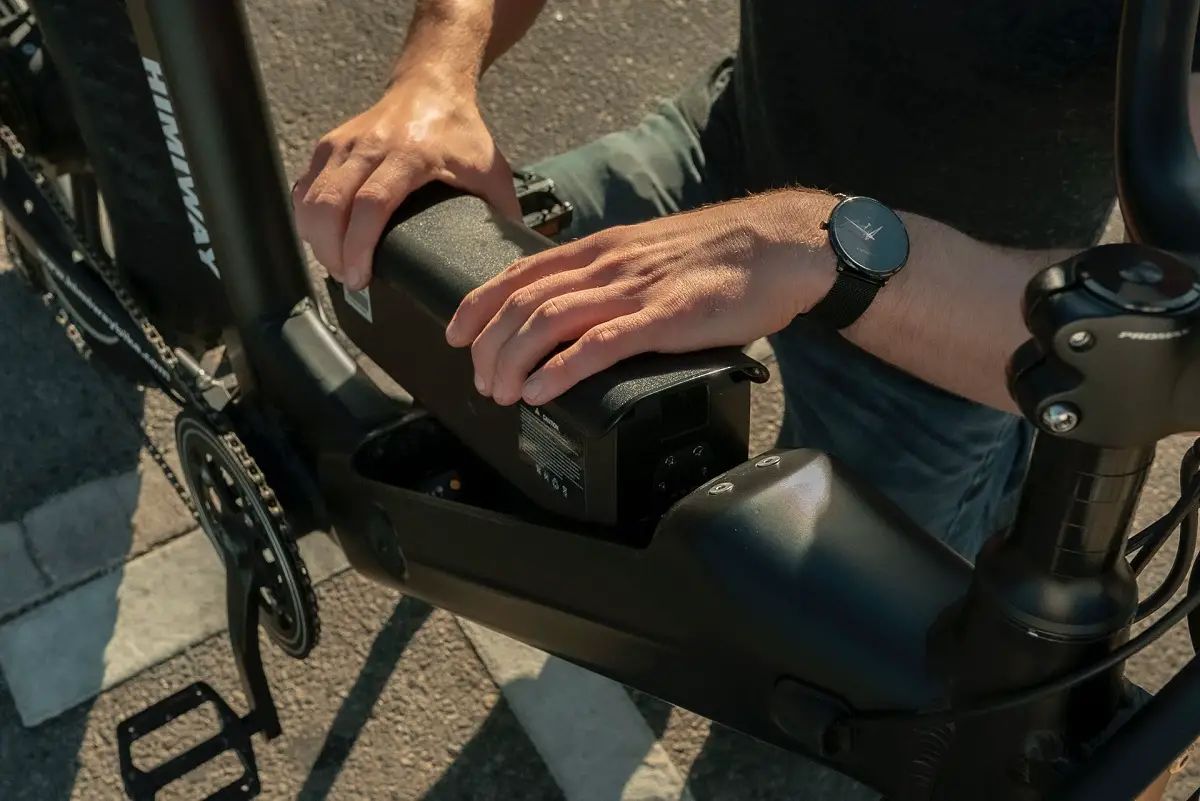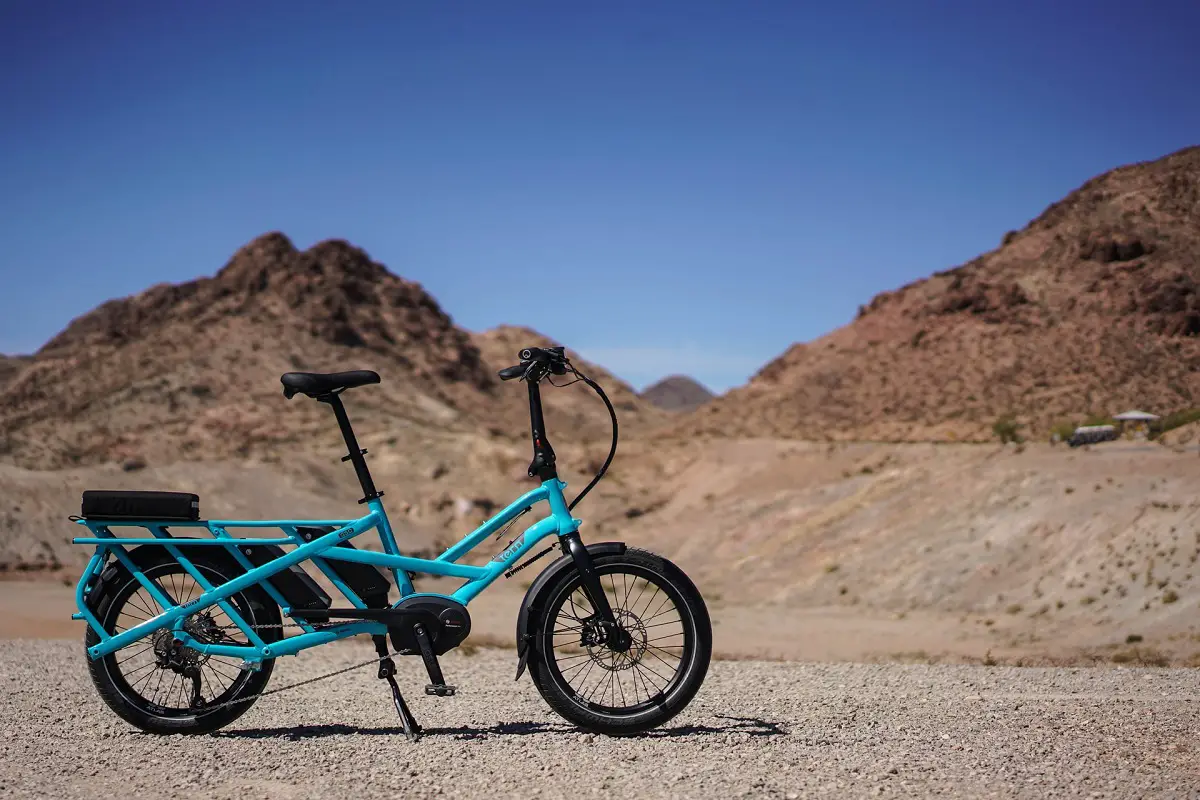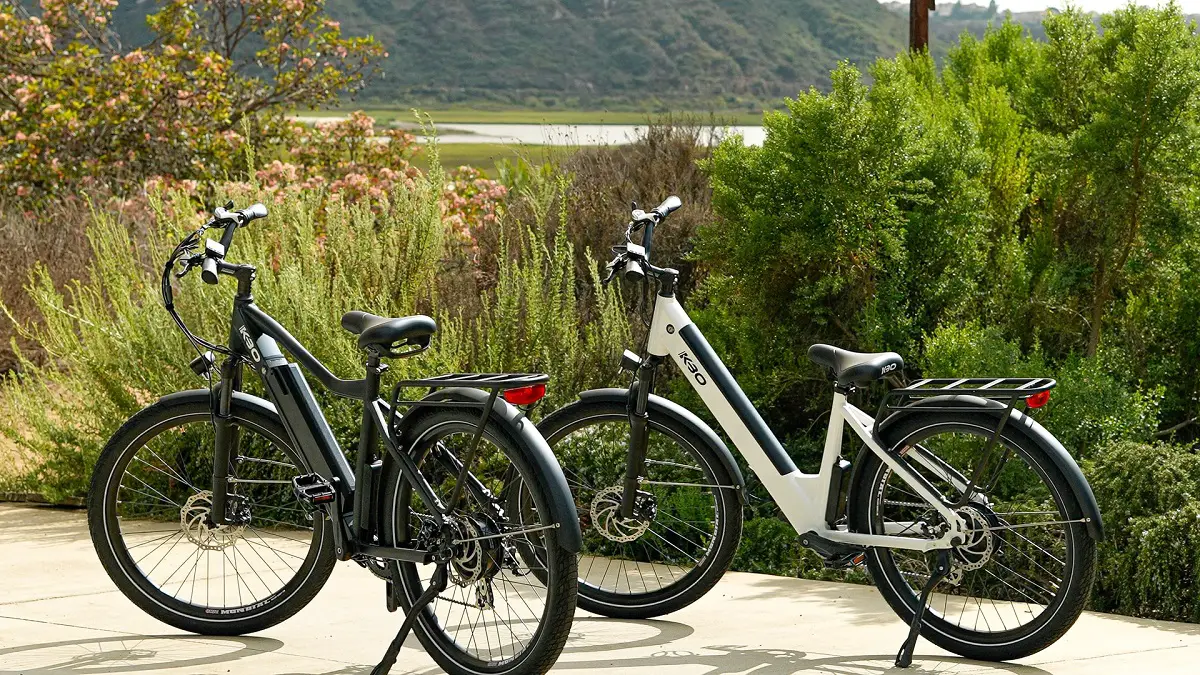Batteries are one of the most important components of ebikes, so it’s essential to learn how to maintain your battery when getting your first ebike. These ebike battery basics will help you understand your ebike battery.
You’ll have all the information you need to know including voltage, prices, and replacements once you’ve reached the end of this guide. Let’s get started!
There are four different kinds of ebike batteries available: lead acid, nickel-cadmium, nickel-metal hydride and lithium-ion.
Lead acid batteries are the cheapest but they also weigh the most and don’t offer the best power. There are often used as replacement batteries due to their low price.
Nickel-cadmium batteries have longer lifespans but they don’t have the best battery charge life or power. They are also fairly expensive and the main component, cadmium, is considered a pollutant.
Nickel-metal hydride batteries have better power and charge but they can have unpredictable lifespans due to their unstable durability.
Lithium-ion batteries have for years been widely considered the gold standard for batteries in this category. They have the best power to weight ratio out of all four of these types, plus they have good durability and lasting power.
So while you should always pick a lithium-ion battery for your ebike, keep in mind that there are actually three different kinds of lithium-ion batteries: manganese, cobalt and polymer
Manganese lithium-ion batteries offer the best range and durability. Cobalt lithium-ion batteries offer the best power and are the most lightweight. Polymer lithium-ion batteries have the best protection, making them good choices for smaller ebikes or mountain or off-road ebikes.
Make sure to choose a lithium-ion ebike battery, but whether you want manganese, cobalt or polymer is entirely up to your own preferences and how you plan to ride your ebike.

In theory, it is totally possible to add a larger battery onto your ebike, but you need to make sure that it is compatible with the other preexisting components of your bike, particularly the motor.
The higher voltage of your new battery needs to be compatible with the wattage of your current motor. If you pick a voltage that is too high, your bike might not even charge or run at all. Worst case scenario, you end up frying your motor!
If the battery you want is too powerful for your ebike, you will have to either get a new motor as well or just get an entirely new ebike with a new motor and a new battery.
Every motor has what’s called an upper limit. Check the specifications of your ebike and its motor either online or through the instruction manual you received and check the voltage upper limit. Then you’ll know how much more of a powerful battery will be useable.
Odds are you’ll only be able to make a relatively small adjustment, like going from a 24 volte ebike battery to a 36v ebike battery, or going from a 36v 750w ebike battery to a 48v 1500w ebike battery.
For all kinds of batteries including ebike batteries, voltage affects two important factors: performance and power.
When it comes to performance, this means a better battery life and a longer range per ride or cycle. When it comes to power, this means a faster charge and greater energy efficiency.
You may have noticed that a very large portion of ebike batteries are either 48v or 52v, so let’s use 48v vs 52v ebike batteries as our example.
Because a 52v battery has more volts, it will have a better range, a faster charge, will have more energy efficiency under hard conditions (such as cold weather) and will have a slower dip in battery life near the end. This means that when both batteries are at 10% battery life remaining, a 52v battery will last longer than a 48v one.

The cheapest ebike batteries you can find will typically cost around $300 but as a rule of thumb you probably shouldn’t be spending that little on an ebike battery.
This is because many ebike batteries have a tendency to be of pretty poor quality in this price range. A lot of cheap batteries don’t have proper casing, longevity or motor capability. You may end up having to purchase one cheap battery every year or even less, rather than getting one good ebike battery that will last you a couple of years at least.
Good quality ebike batteries will cost you at least $500 and some of the best ones available will be around $1000. The final price will of course be determined by the brand, watt hours (Wh) and voltage.
Figuring out how long an ebike battery will last is complex because it depends on the specific voltage and watt hours of said battery. As an example, an ebike battery with 500 Wh using a 500w motor will give you 1 hour of runtime, whereas a 500 wh battery with a 1000w motor will give you only half an hour of runtime.
Luckily, there are some extremely useful charts on battery voltage that let you know just how long ebike batteries will last, going all the way from 36v to 72v.
The mathematics behind it all may be a bit confusing but the gist of it is that just because you have 75% of your battery life remaining doesn’t mean you have 75% of your remaining distance travelled. This is because the less battery life there is, the less power or riding efficiency you have.
In other words, when your ebike battery is at 50% life, you’ve already travelled more than 50% of the max distance your bike is capable of. So, if your bike has a max range of 20 miles, you will have already used up 10 of those miles around the 60% mark of remaining battery, not 50%.
This logic applies for all kinds of batteries, including a 48v 15.5ah ebike battery, a 52v 17.vah ebike battery or a 60v ebike battery.

In short, you can’t use different batteries for your ebike because of the strict compatibility requirements of the controller and the motor. If you’re using a lithium-ion battery and are looking for a replacement or a 2nd attachment, make sure you stick with getting lithium-ion again.
Now you know everything you need to know about ebike batteries! It can get a bit technical sometimes but now you’re armed with info that will make your ebike maintenance and purchases more well-informed in the coming years. Thank you for reading.